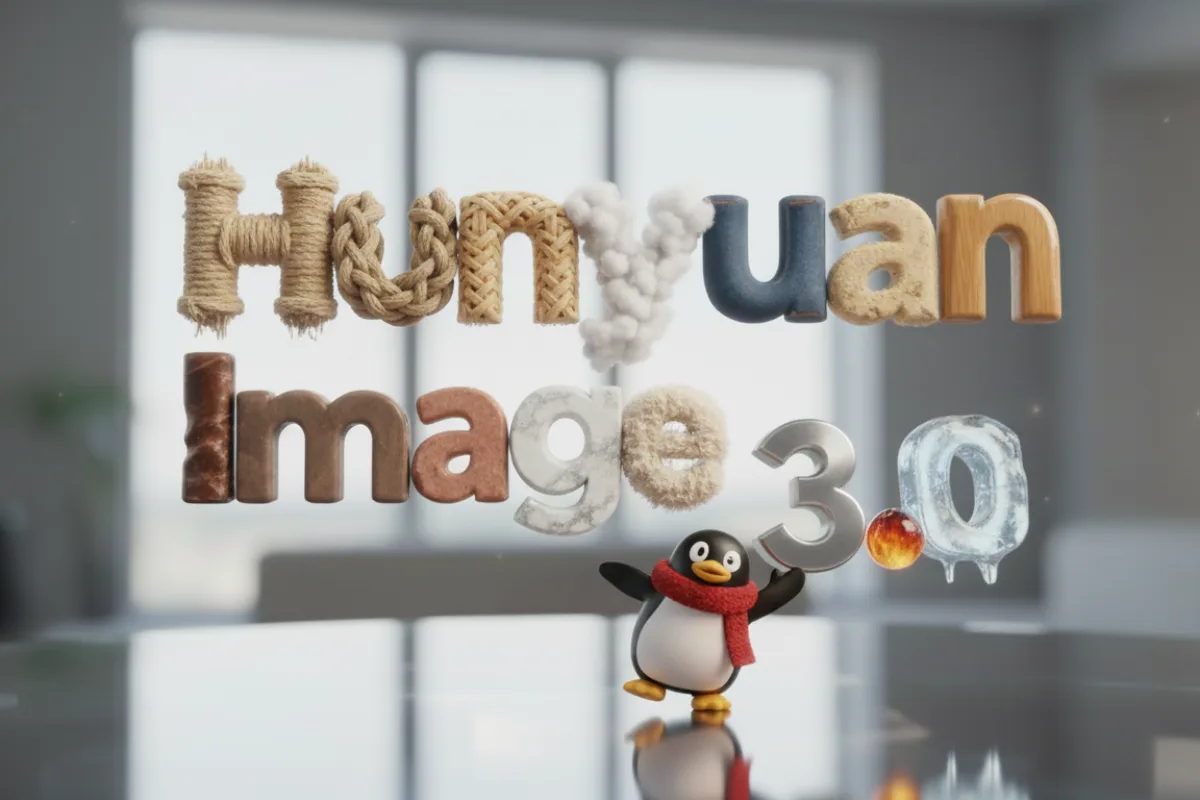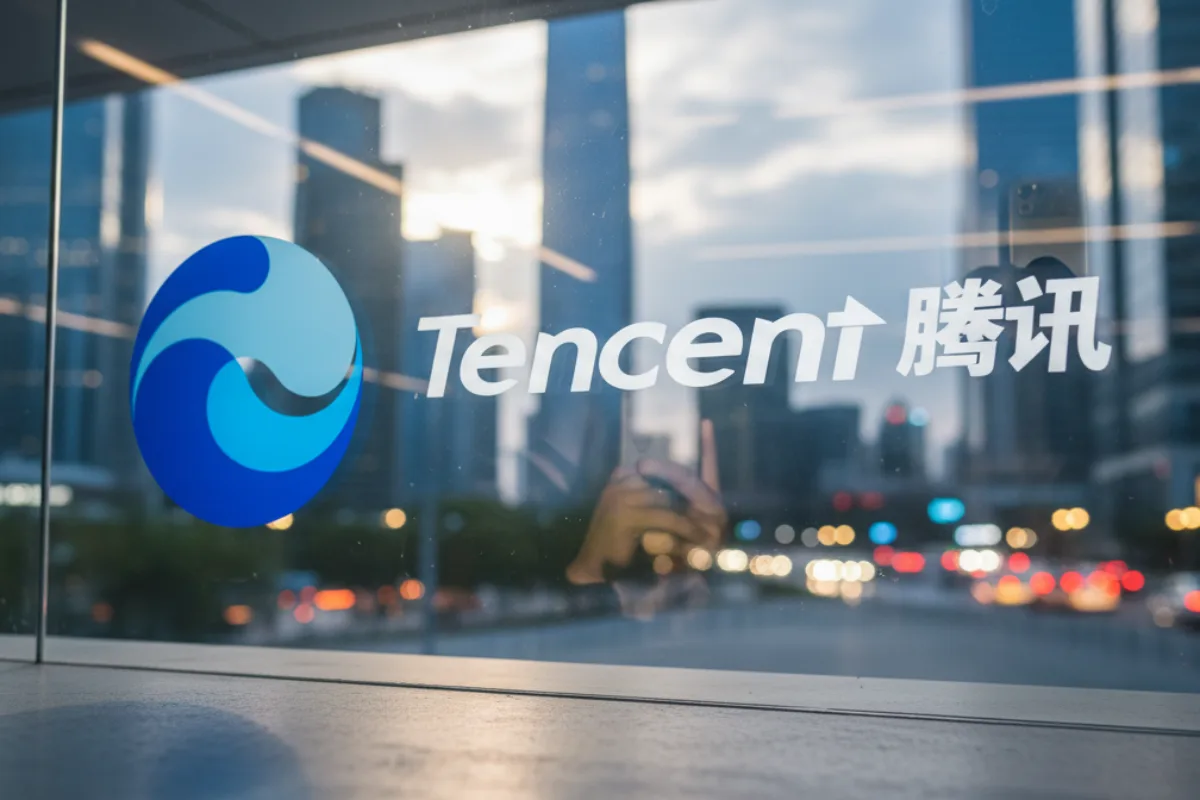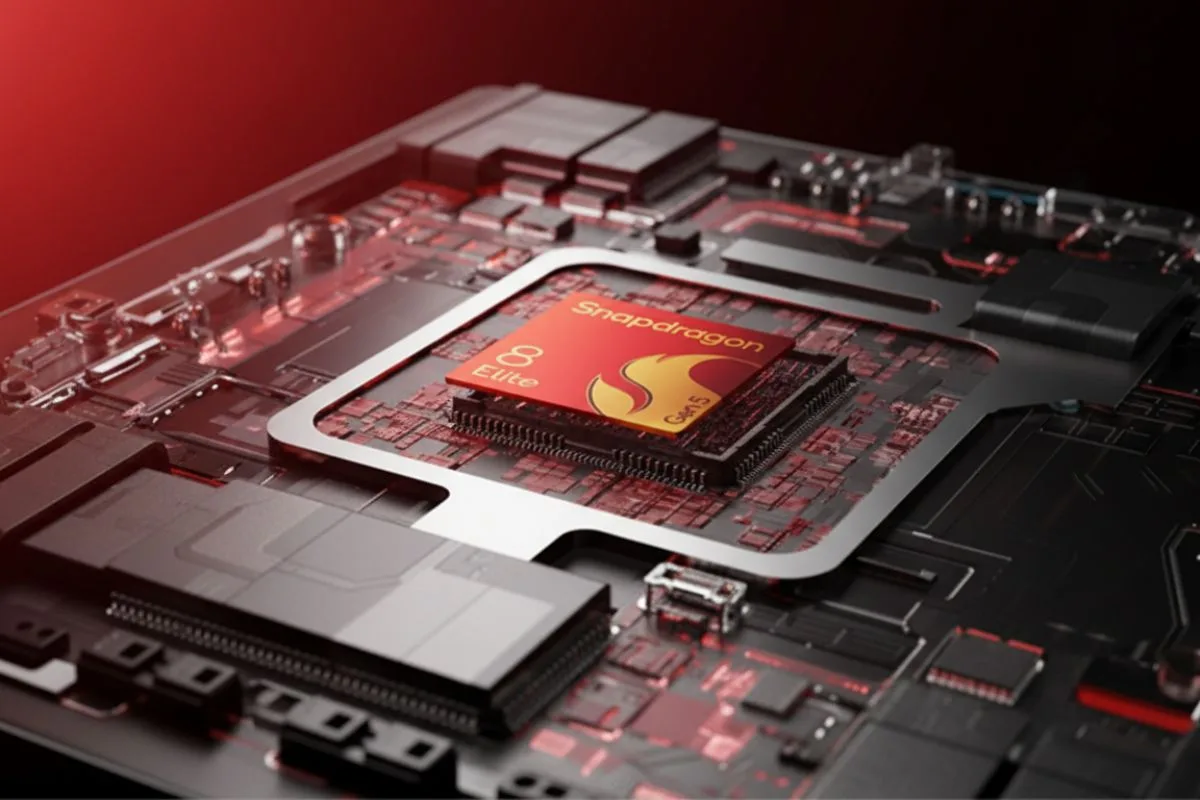Introduction
HunyuanImage 3.0 from Tencent is now open-source — a production-oriented, 80-billion-parameter multimodal text→image model that the company says rivals top closed systems.
The release includes model weights, an accelerated inference variant, code on GitHub and a hosted demo, making a high-scale image generator broadly available to researchers and developers.
Tencent open-sources HunyuanImage 3.0 with 80-billion parameters
Tencent Hunyuan described HunyuanImage 3.0 as a native multimodal autoregressive Mixture-of-Experts (MoE) model with 64 experts and roughly 80 billion total parameters, of which about 13 billion are activated per token during inference — a design that boosts capacity while keeping compute needs reasonable.
Tencent published the code and weights (including an accelerated variant) on GitHub and Hugging Face the same day. The project page and model hub include usage notes and licensing terms for developers.
Why it matters
Open-sourcing a model at this scale lowers the barrier for labs, startups and creators to build production image tools without relying solely on closed APIs.
It also accelerates community research into safety, bias, and efficient deployment for very large multimodal models.
What HunyuanImage 3.0 can do and how it differs

HunyuanImage 3.0 is built as a unified text-and-image generator rather than stitching a separate text encoder to a diffusion-only image stack. Tencent says the model can parse long instructions (over 1,000 characters), render long text strings inside images, and produce complex scenes, comics and detailed illustrations — capabilities businesses prize for creative tooling and advertising production.
A public demo and community reports show it handles nuanced prompts well, though real-world quality will vary by prompt engineering and inference setup.
Mixture-of-Experts and inference efficiency
The MoE architecture lets the model store many expert sub-modules but only activate a subset per token. Tencent’s implementation means only ~13B parameters are active for a given token, which reduces runtime cost compared with activating the full 80B every step.
That trade-off is important for organizations that want high-capacity models but must manage GPU budgets for production inference. Hugging Face and the GitHub repo include example configs and hints for efficient deployment.
Openness, licensing and community reaction
Tencent released code and weights under an open-source license and posted model artifacts to major hubs. The community response was swift: developers are testing quantization, integration with ComfyUI and other front-ends, and sharing early comparisons with closed models.
Some users praise the model’s ability to follow long prompts and render text in images; others flag occasional artefacts that typically accompany very large MoE systems. Early GitHub issues and forum threads show a mix of excitement and pragmatic caution.
Risks, safety and moderation

Open-sourcing powerful generative models raises safety questions. Tencent’s repo includes recommended safety filters and usage guidelines, but deploying high-capacity image models in production requires careful content moderation, watermarking and provenance tracking to limit misuse and copyright risk.
Researchers and product teams should test guardrails, adversarial prompts and dataset biases before public release.
How developers and companies can use HunyuanImage 3.0
- Prototype quickly: use the hosted demo to validate prompts and creative flows.
- Deploy at scale: follow Hugging Face and GitHub notes for accelerated inference and MoE routing to manage GPU costs.
- Research and safety: run bias and safety tests on outputs, and add moderation before public-facing features.
Conclusion
Tencent’s HunyuanImage 3.0 release is a landmark — it places one of the largest open-source image-capable multimodal models into public hands and will likely speed innovation in creative tools, research and enterprise imaging workflows.
At the same time, it raises familiar questions about safety, misuse and the resource needs for production deployment.
Frequently Asked Questions
What is HunyuanImage 3.0?
HunyuanImage 3.0 is an 80-billion-parameter multimodal text-to-image model open-sourced by Tencent. It uses a Mixture-of-Experts design and is intended for production-grade image generation.
Where can I get HunyuanImage 3.0 weights and code?
Tencent published code on GitHub and hosted model artifacts on Hugging Face, plus a public demo on the Hunyuan site. See Tencent’s repo and the Hugging Face model page for downloads and instructions.
How big is the model in practice?
The full model has about 80 billion parameters; due to its MoE routing, roughly 13 billion parameters are active per token at inference, which helps control compute costs.
Is HunyuanImage 3.0 free for commercial use?
Tencent published licensing terms with the release. Developers should check the GitHub license and model hub terms carefully before commercial deployment.
What are the main risks of running the model?
Risks include output bias, copyright concerns, harmful content generation and high inference costs. Teams should add moderation, provenance tracking and rate limits before public use.
Author note: I’m a tech reporter summarising Tencent’s HunyuanImage 3.0 release and community reaction from the GitHub and Hugging Face pages and coverage by Technode and Tech in Asia. The model artifacts are public — I cite the official repos and hubs so readers can verify licensing and download instructions.





